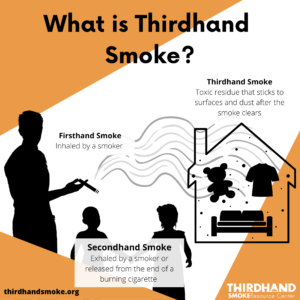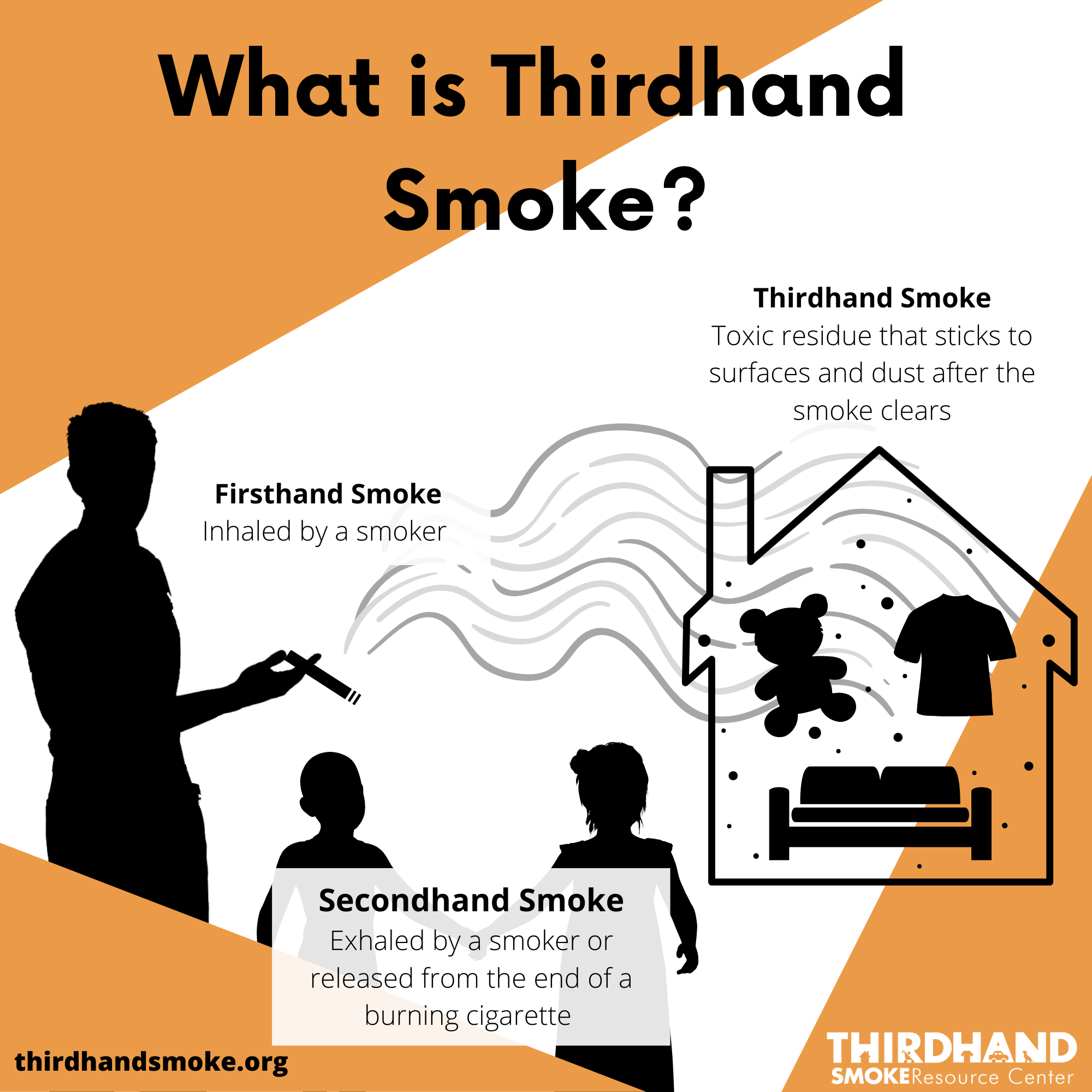The thirdhand smoke (THS) research group in Biosciences’ Biological Systems and Engineering (BSE) Division contributed to three recently-published studies that further underscore the harms of exposure to the lingering toxic residues from tobacco smoke.
In the first study, published in April in the journal Clinical Science, Jian-Hua Mao and Antoine Snijders collaborated with researchers at UC San Francisco (UCSF), UC Berkeley, and the University of Southern California (USC) to explore the long-term health consequences of in utero and early life THS exposure in a mouse model.
 In human environments where thirdhand smoke is present it often goes hand-in-hand with secondhand smoke, making it difficult to isolate the effects of the former from the latter. Because they can be carefully controlled and monitored, laboratory experiments with mice—which share about 97.5% of their functional DNA with homo sapiens—are a proxy to try to understand how thirdhand smoke might affect people.
In human environments where thirdhand smoke is present it often goes hand-in-hand with secondhand smoke, making it difficult to isolate the effects of the former from the latter. Because they can be carefully controlled and monitored, laboratory experiments with mice—which share about 97.5% of their functional DNA with homo sapiens—are a proxy to try to understand how thirdhand smoke might affect people.
For this study, the researchers were particularly interested in the connection between environmental exposure and the development of childhood cancers such as leukemia. They separated pregnant mice into two groups and housed one group in enclosures containing a piece of cloth with THS residue; the other group had no exposure to THS. Mouse pups inhabited the enclosures with and without THS residue, respectively, with their mothers until they were weaned.
The researchers found that male mouse pups, but not female, in the THS exposure condition weighed less at birth than unexposed control pups. Exposed mice of both sexes had lower levels of cytokines, molecules that cells use to communicate, as well as reduced numbers and types of immune cells, indicating suppression of the immune system.
To investigate the effect of THS on blood-forming—and therefore leukemia-susceptible—tissues such as bone marrow, the researchers also transplanted bone marrow from THS-exposed and unexposed mouse pups into a separate cohort of healthy, unexposed mice and monitored them for the development of cancer over the course of a year.
Irrespective of the THS-exposure status of the donor, most of the bone marrow recipient mice developed cancer at some point (due to a genetic predisposition in the donor strain). However, the types of cancer observed differed between the two groups, with the recipients of THS-exposed bone marrow developing leukemia later in life and being more prone to other malignant tumors.
Snijders offered this explanation for the observation: Since the bone marrow of THS-exposed mice contained fewer immune cells to begin with, the onset of leukemia was slowed in recipients, but the immune suppression also may have made them more vulnerable to other cancers. The finding raises questions as to whether and how the health of people receiving bone marrow from donors exposed to tobacco might be impacted.
Read more on the Thirdhand Smoke Resource Center website.

From left: Jian-Hua Mao, Antoine Snijders, and Susan Celniker.
In the second study, published in May in MicrobiologyOpen, Mao, Snijders, and their BSE colleagues Susan Celniker, Hang Chang, and Bo Hang collaborated with scientists at UCSF and Nanjing Medical University to model the impacts of THS exposure at various life stages on the gut microbiome.
The human microbiome is made up of complex communities of microorganisms that live in and on our bodies. Having a balanced community composition—or not—affects our health in myriad ways. Mao noted that a number of studies have shown that for people the period from birth to around 3 years old is a critical window for the establishment of the microbiome.
The researchers separated mice by age—infant (birth to 3 weeks), pubescent (4 to 7 weeks), and young adult (9 to 12 weeks)—and housed some in enclosures with THS residue and other in enclosures without. After three weeks, microbiome samples were taken from a handful of mice and analyzed. The mice exposed to THS just after birth showed the most dramatic alterations in their gut microbiome composition relative to controls. Those exposed later had no significant microbiome changes.
The researchers posited that the microbiomes of pubescent and young adult mice were more developed, and therefore more resilient, whereas the microbiomes of infant mice were still being established, which made them more vulnerable to perturbation.
Read more on the Thirdhand Smoke Resource Center website.

Hang Chang (top) and Bo Hang.
In the third study, published in June in Nature Scientific Reports, Chang, Hang, Mao, and Snijders, along with their UCSF and Nanjing collaborators, examined whether genetic background influences the effects of THS exposure on anxiety and memory.
This experiment made use of the Collaborative Cross (CC) mouse model, a large collection of genetically diverse mouse strains that is useful for probing gene-environment interactions. From a set of 30 CC strains previously screened for baseline anxiety-like behavior, the researchers selected six strains that represented low, medium, and high anxiety levels.
Some mice from each strain were housed in enclosures containing a THS-laden piece of cloth for six weeks (from 4 to 9 weeks of age); the remainder were housed in enclosures free of THS residue for the same duration. The mice were then tested for anxiety and memory using protocols involving a box divided into light and dark halves connected by a small opening.
The researchers found that THS exposure decreased anxiety-like behavior in two strains (one designated low anxiety, the other high anxiety), and increased anxiety-like behavior in a third strain (designated medium anxiety). Interestingly, these changes were only observed in the female mice. On the memory task, THS-exposed mice of both sexes from one low-anxiety strain displayed significant impairment relative to controls.
While there was no clear pattern, these strain-dependent effects of THS on anxiety and memory suggest that genetic variations play an important role in susceptibility. It’s possible, for example, that individual CC strains differ in how they absorb and metabolize specific compounds in THS.
Taken together, these findings from mouse models serve as a jumping off point for further animal and human research.
Read more on the Thirdhand Smoke Resource Center website.




